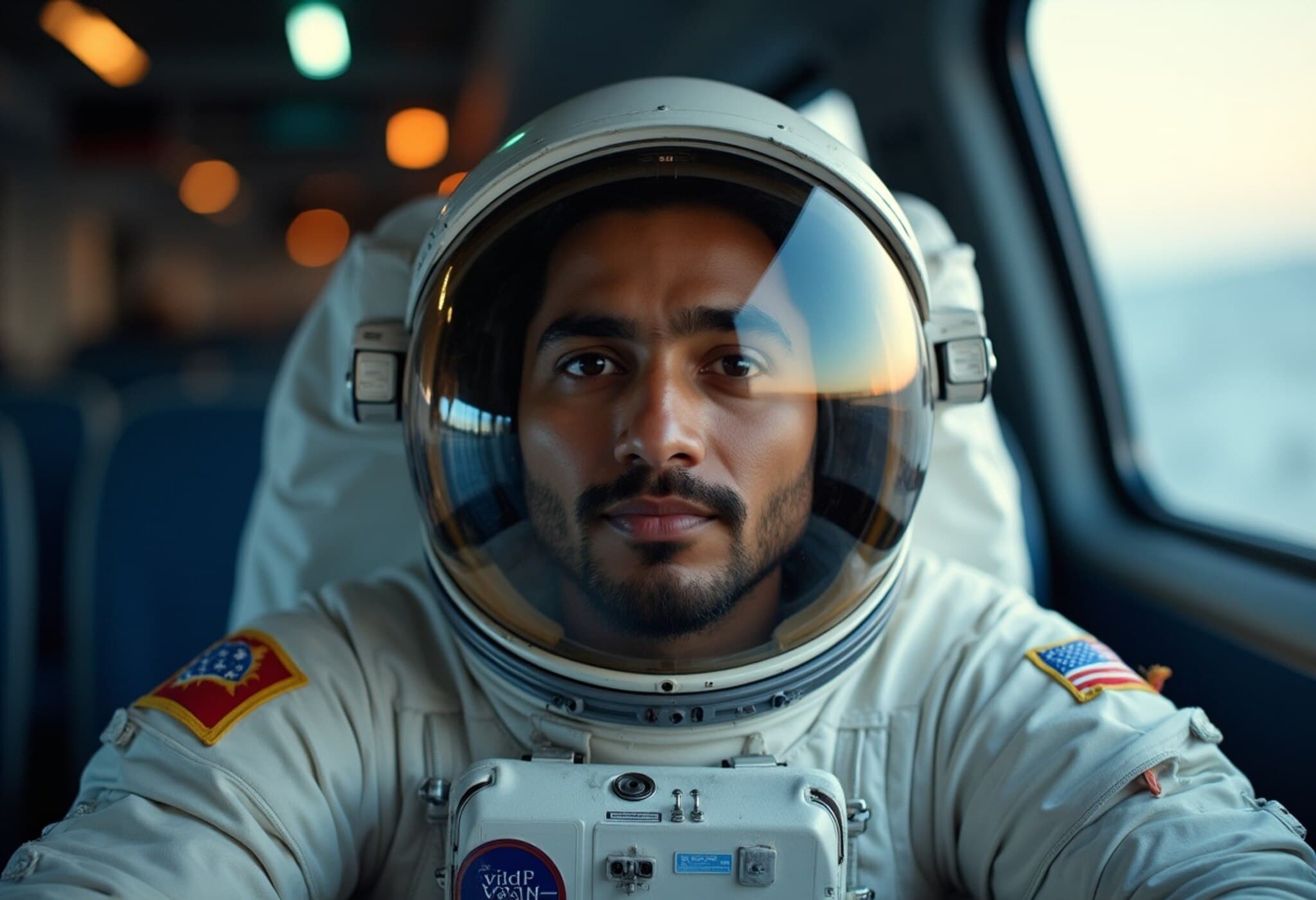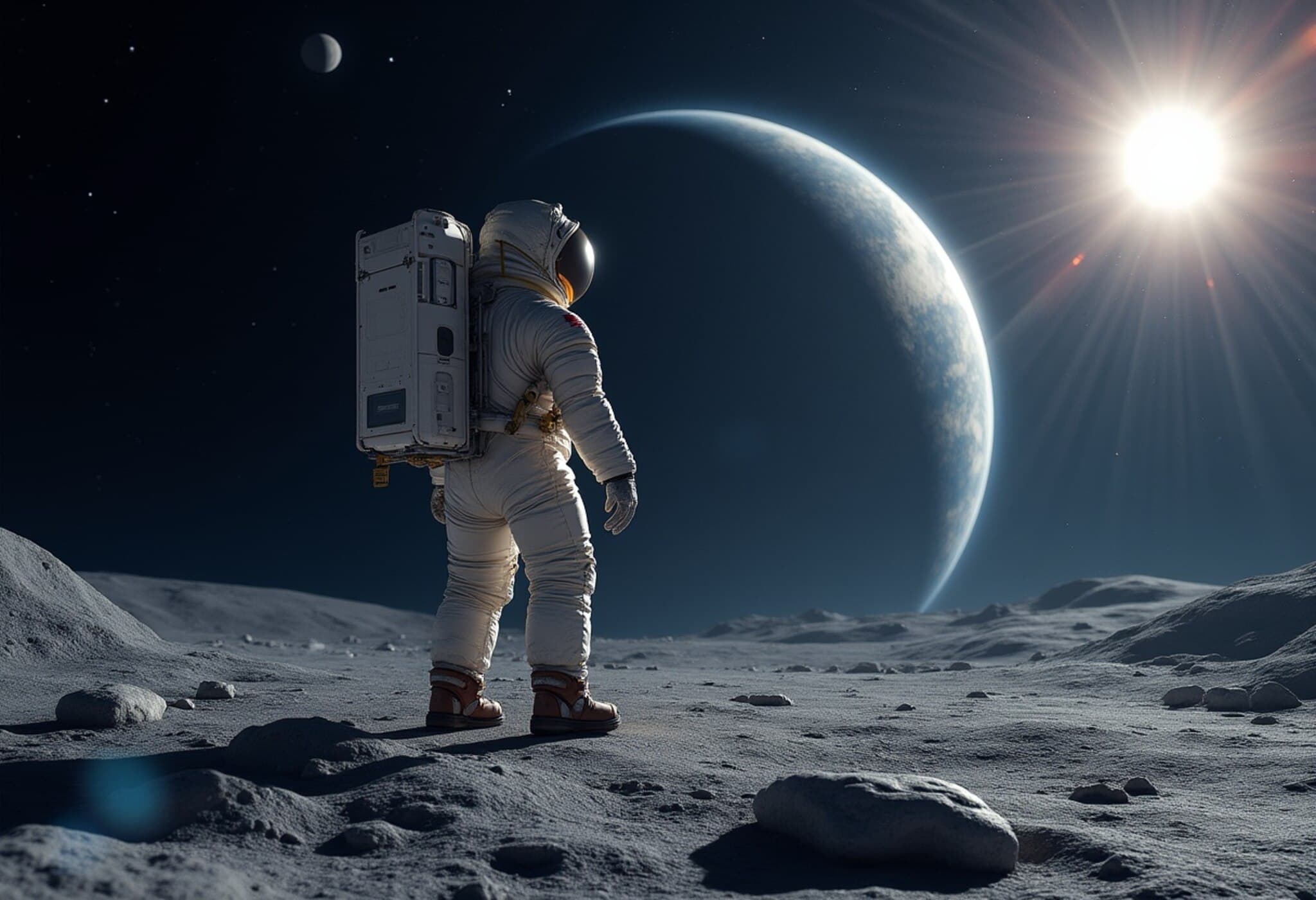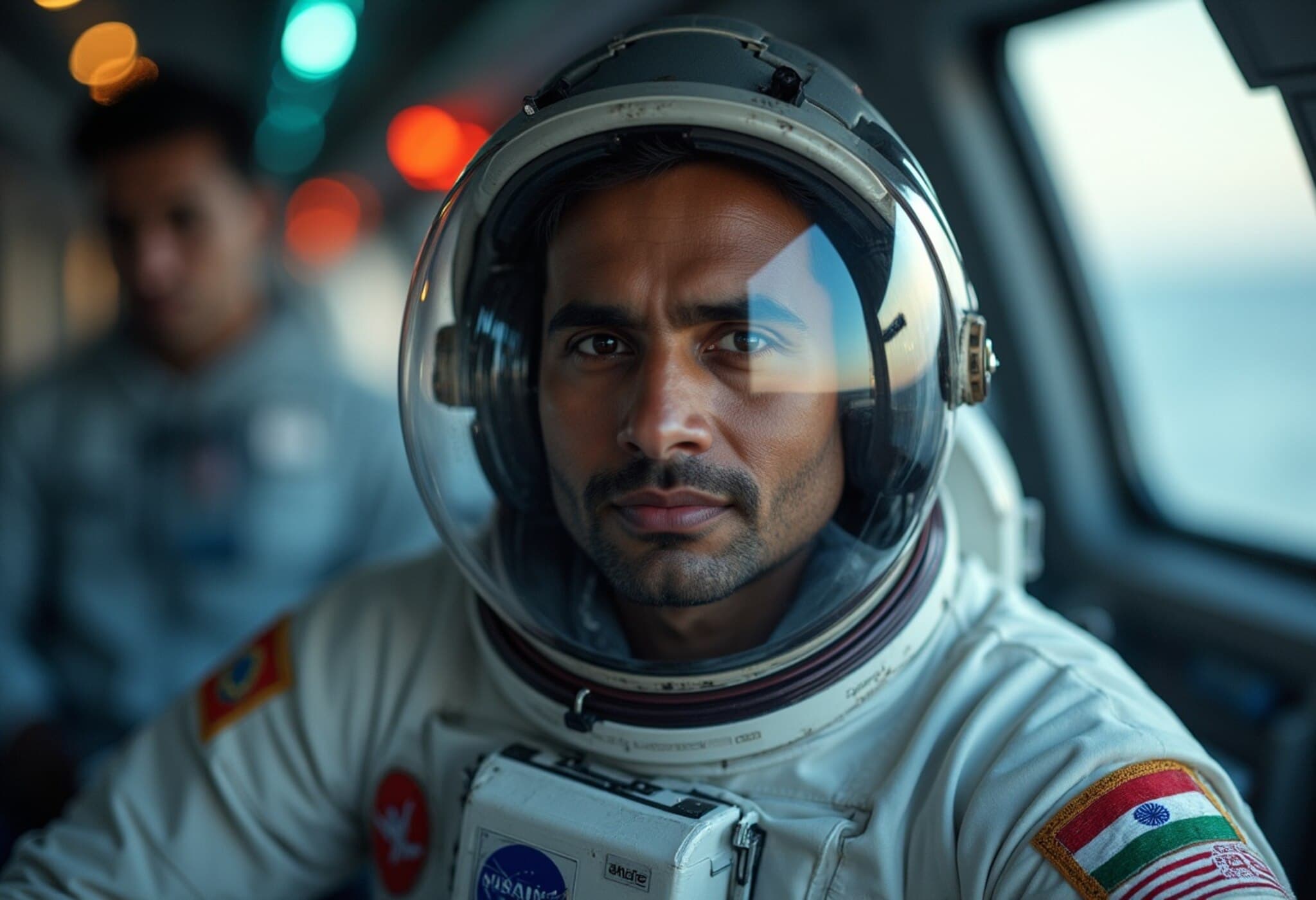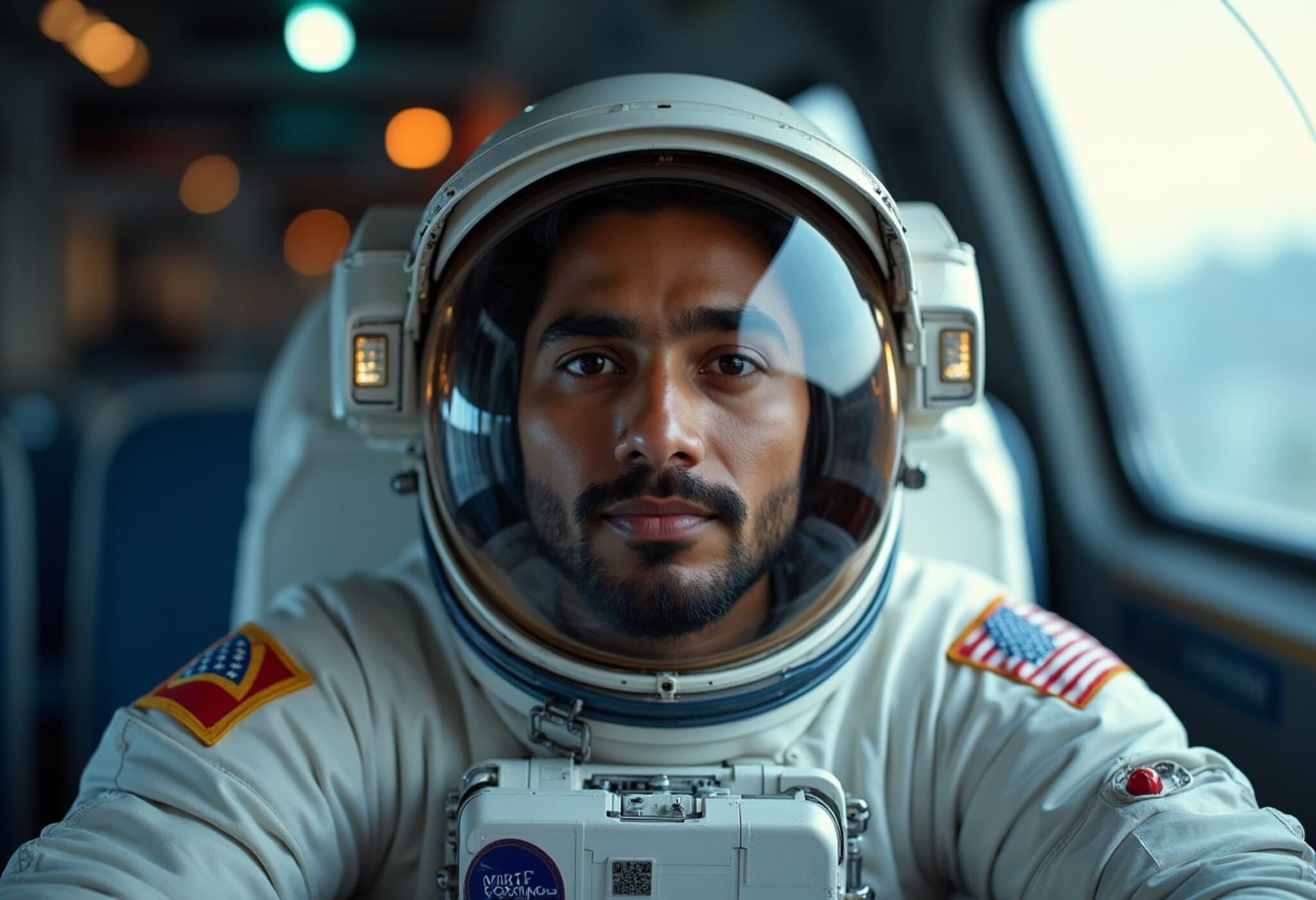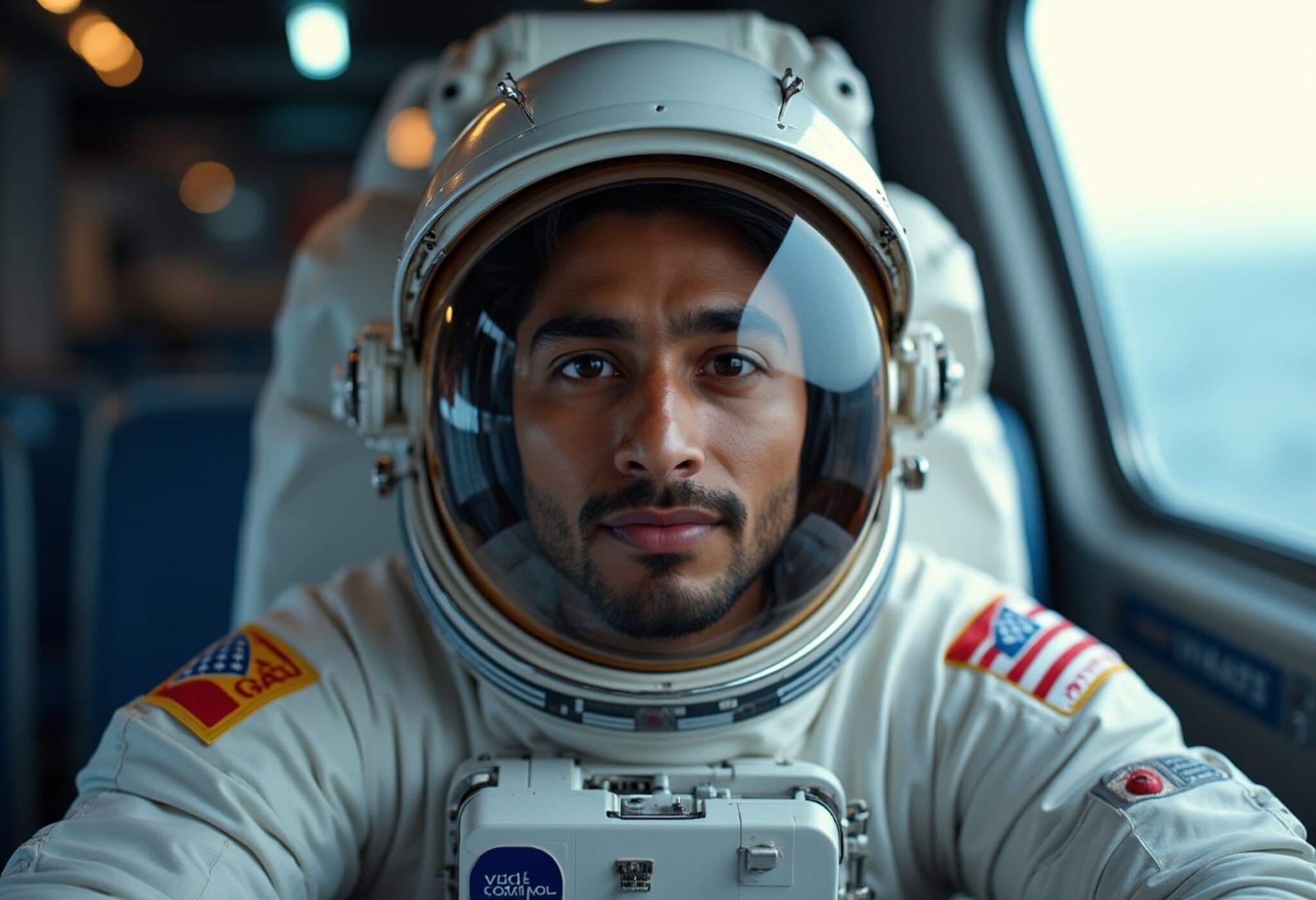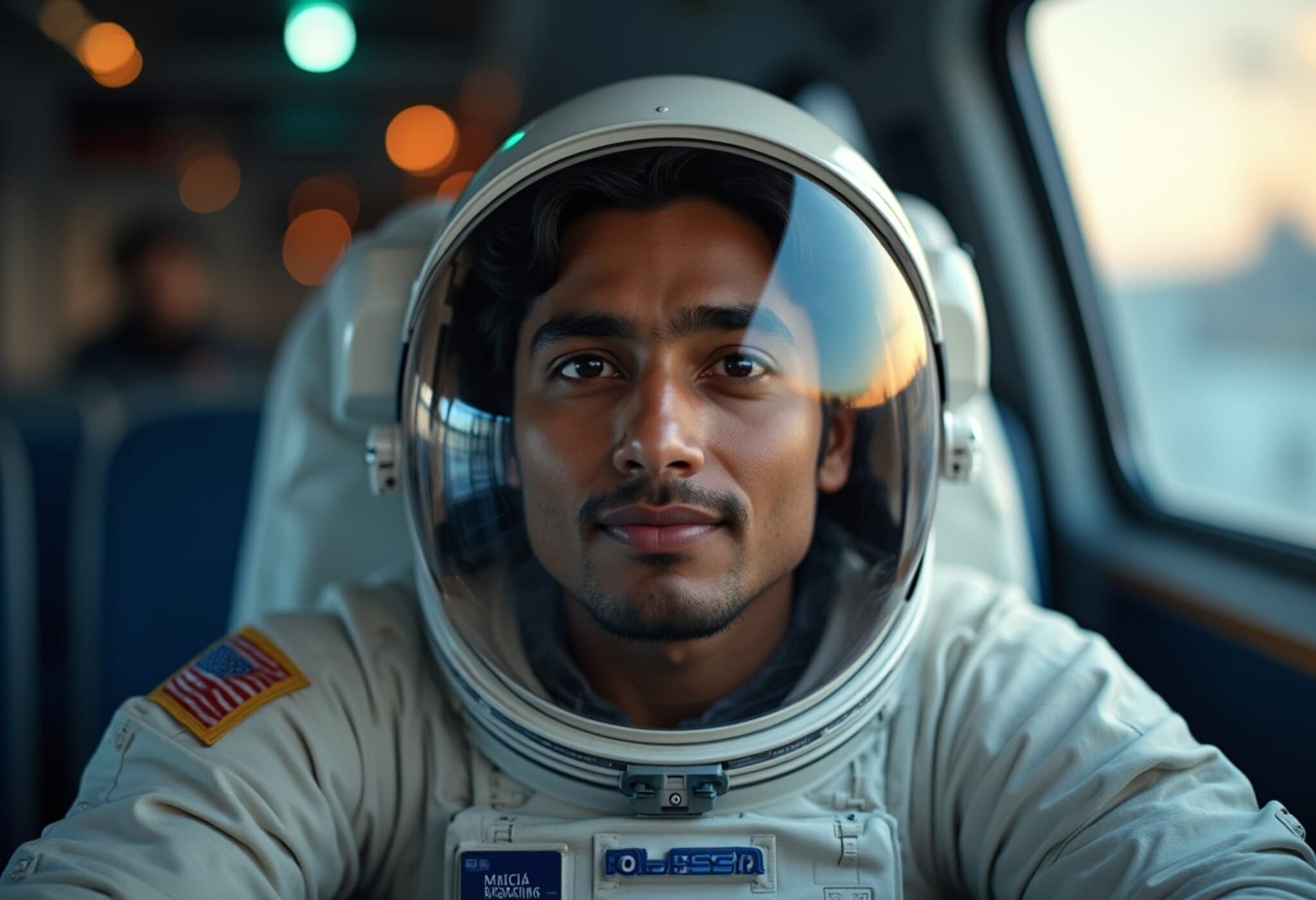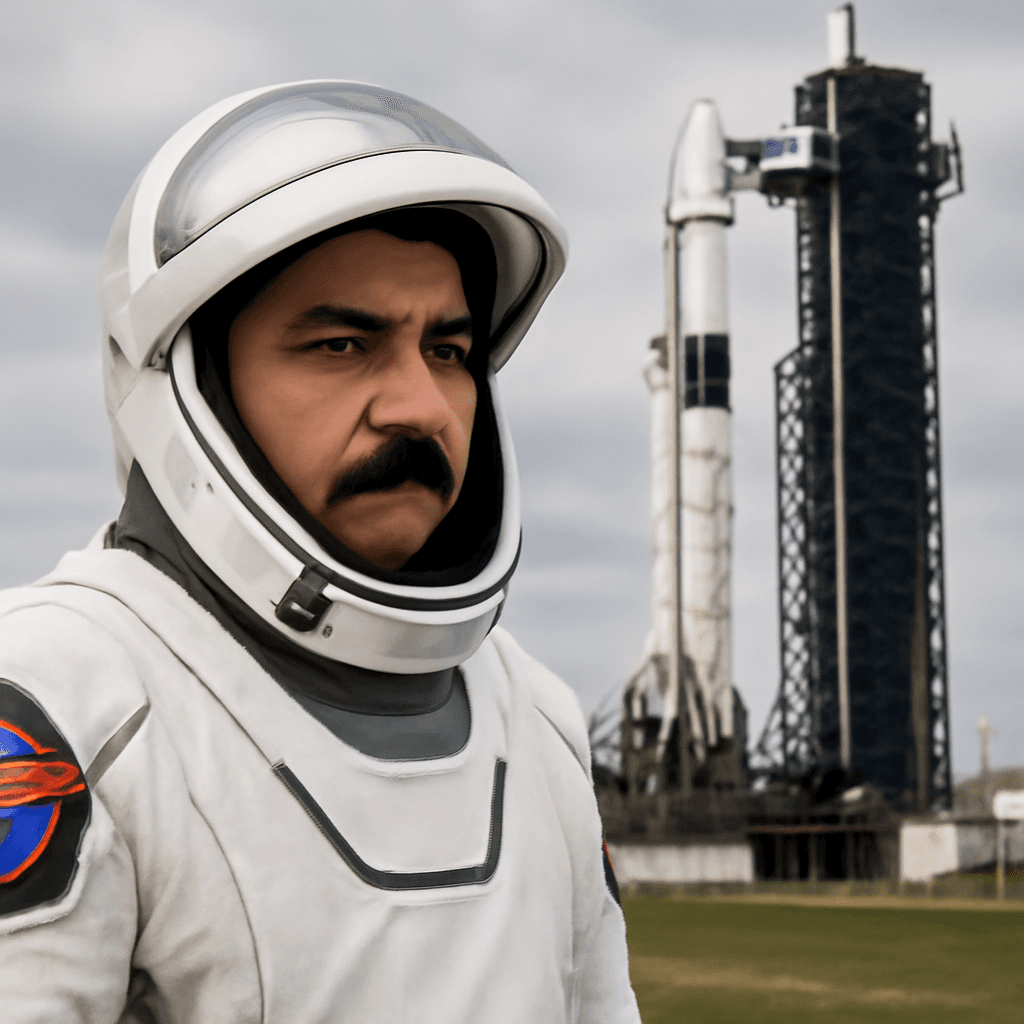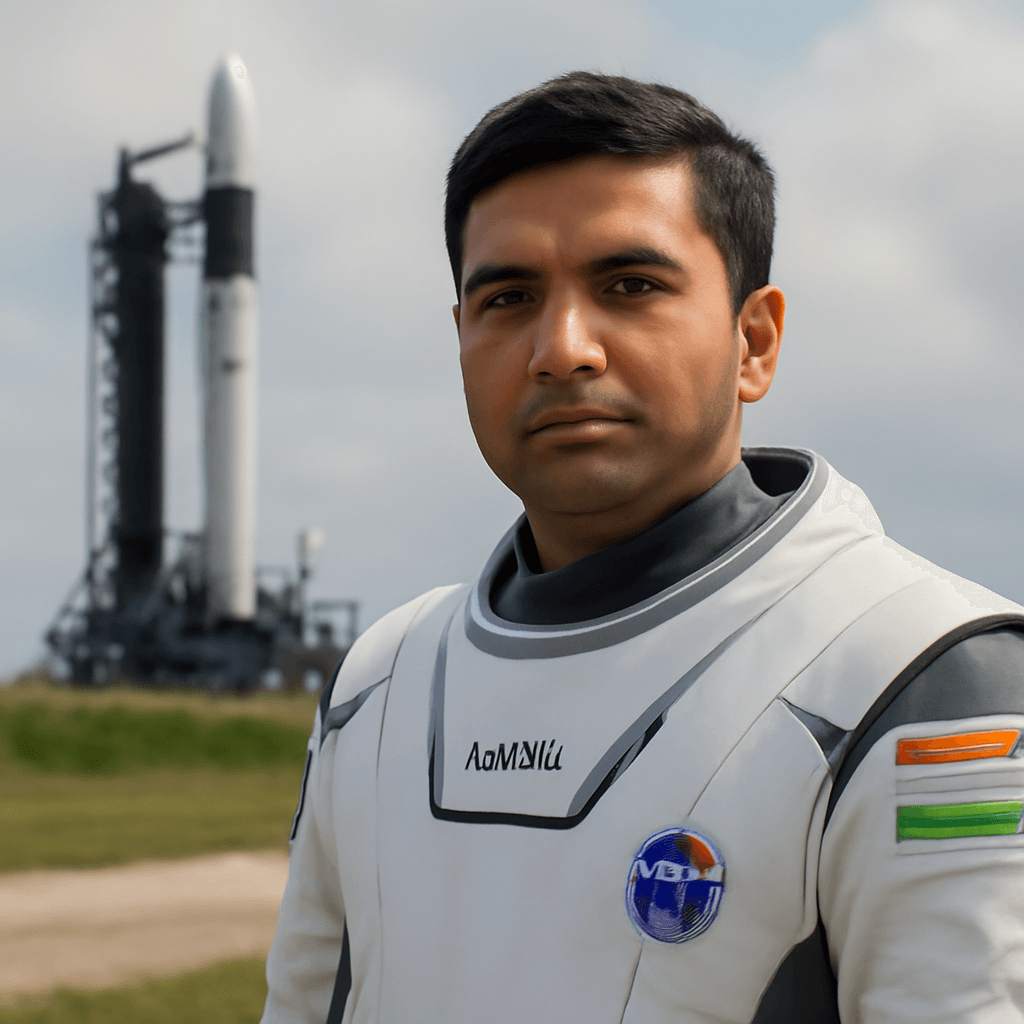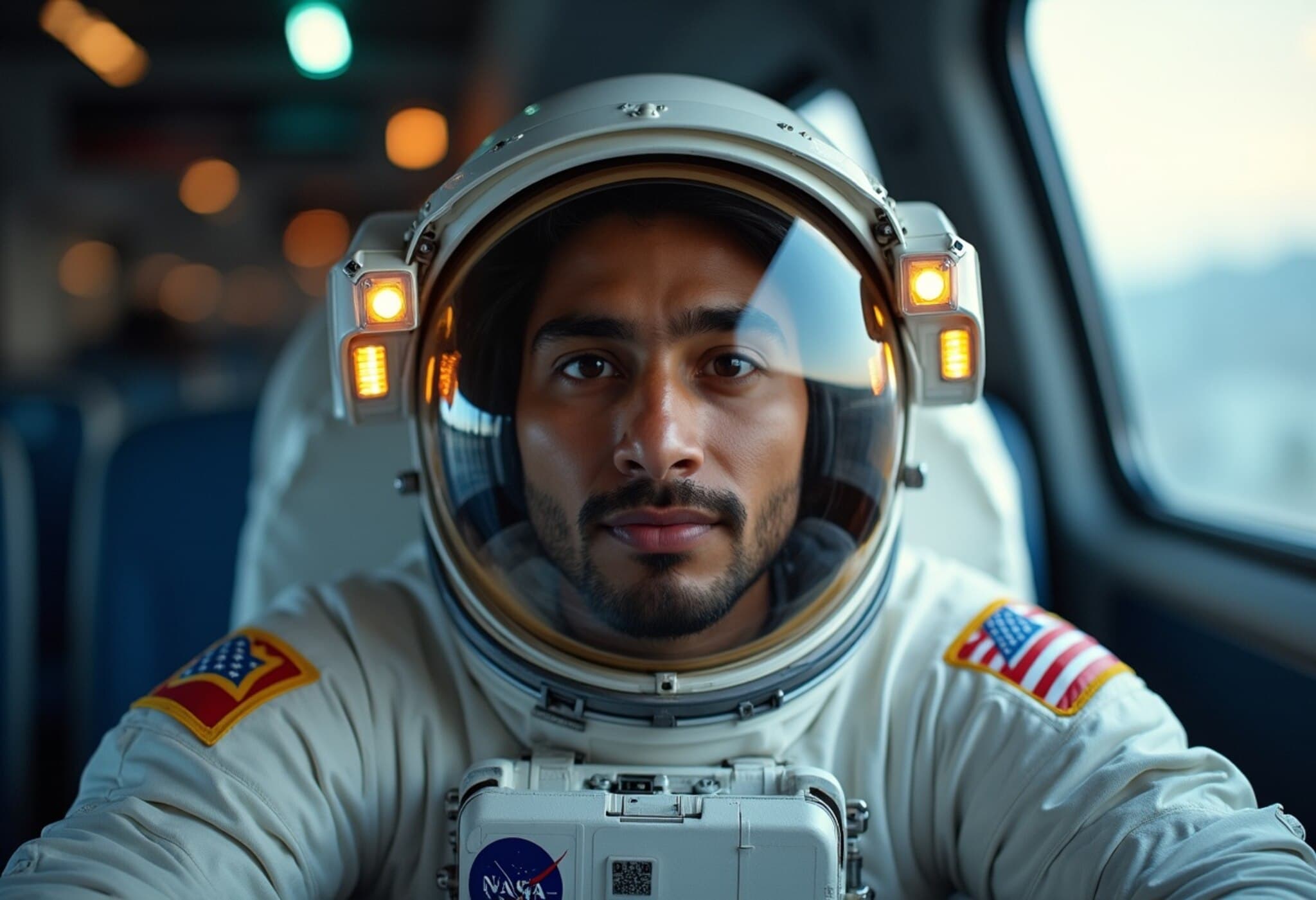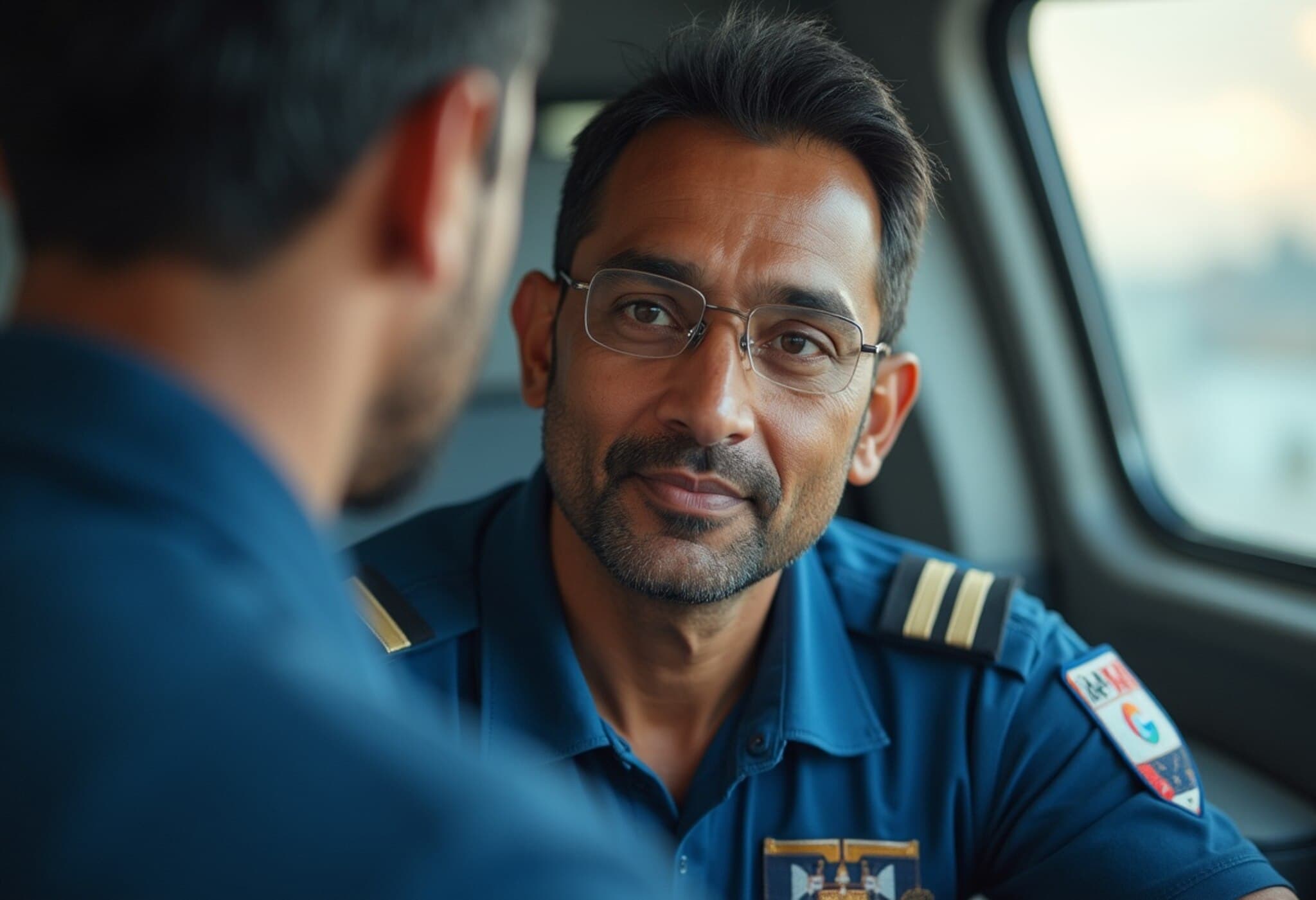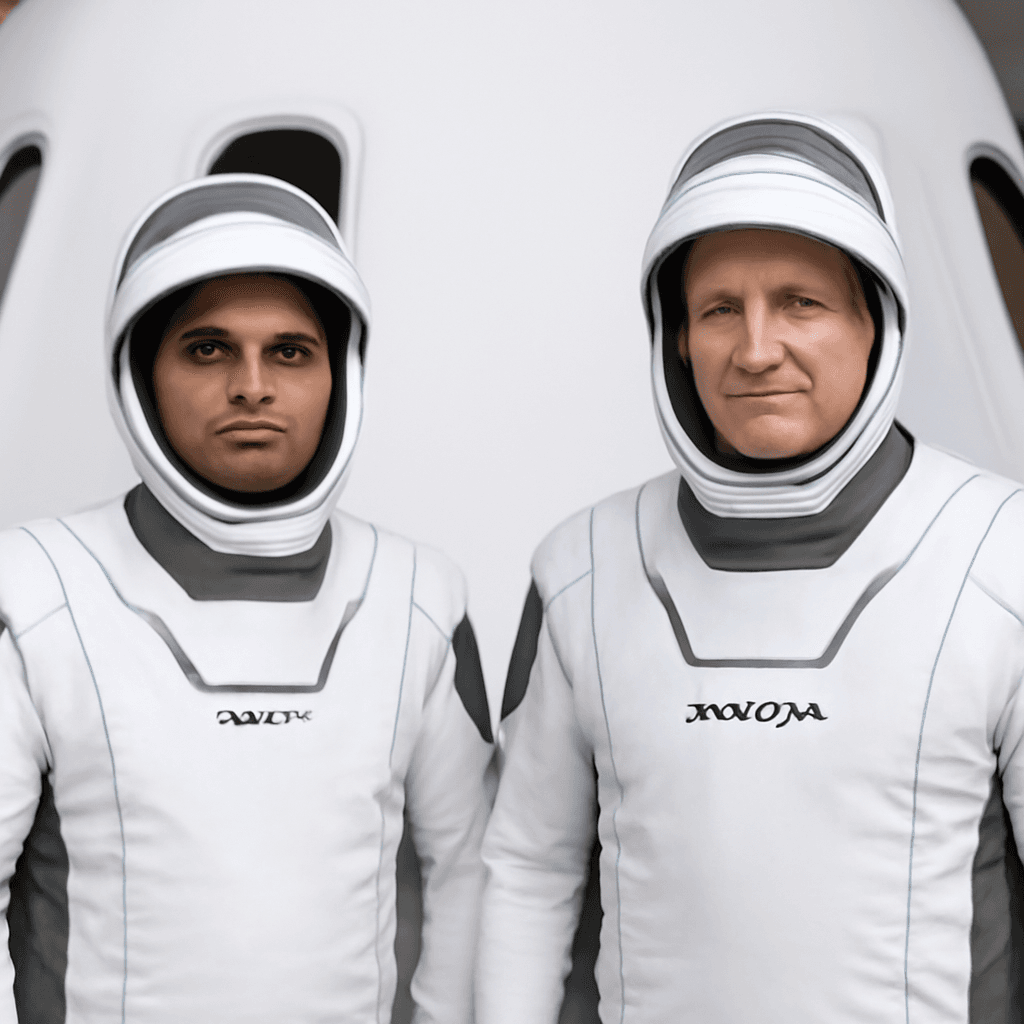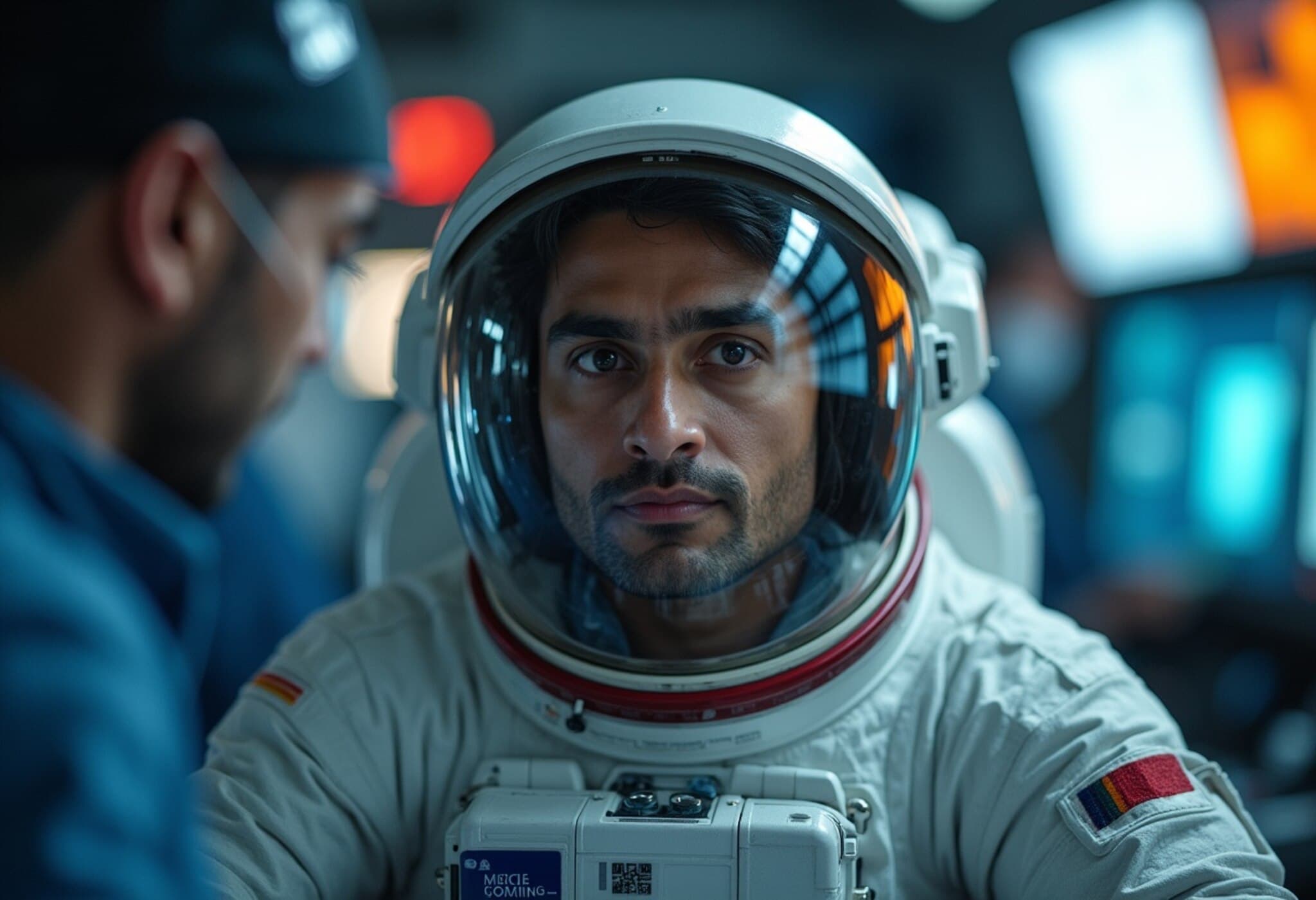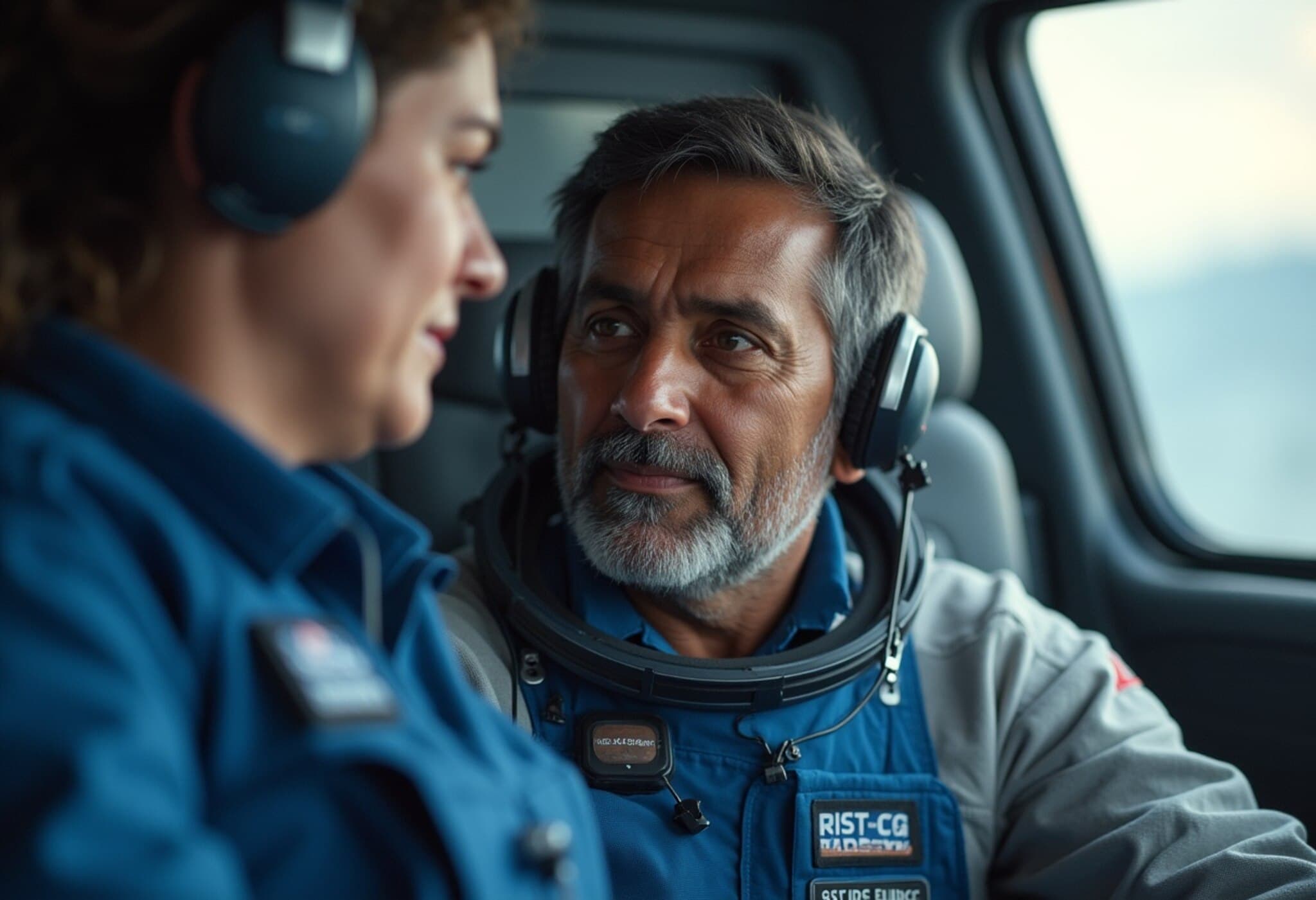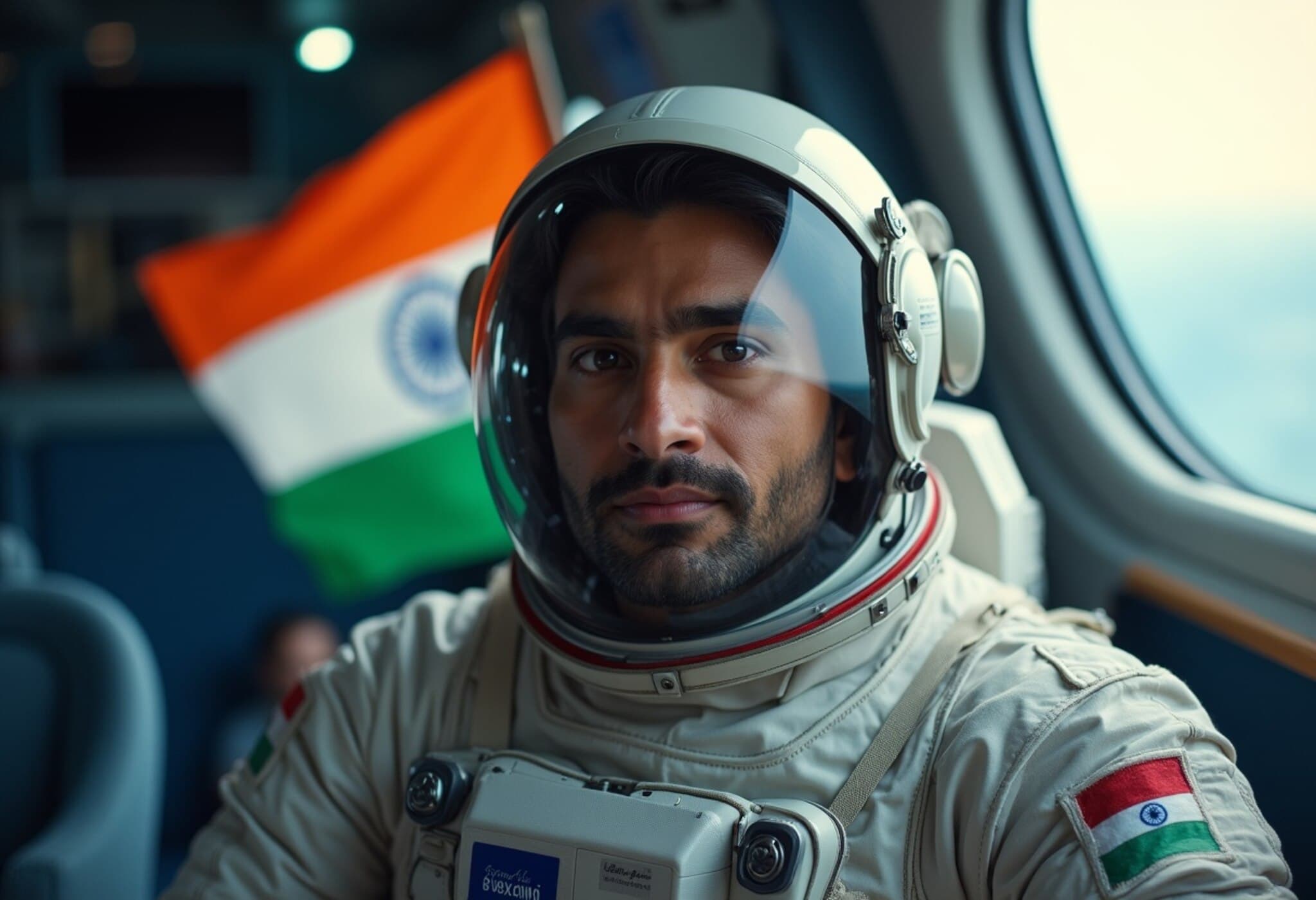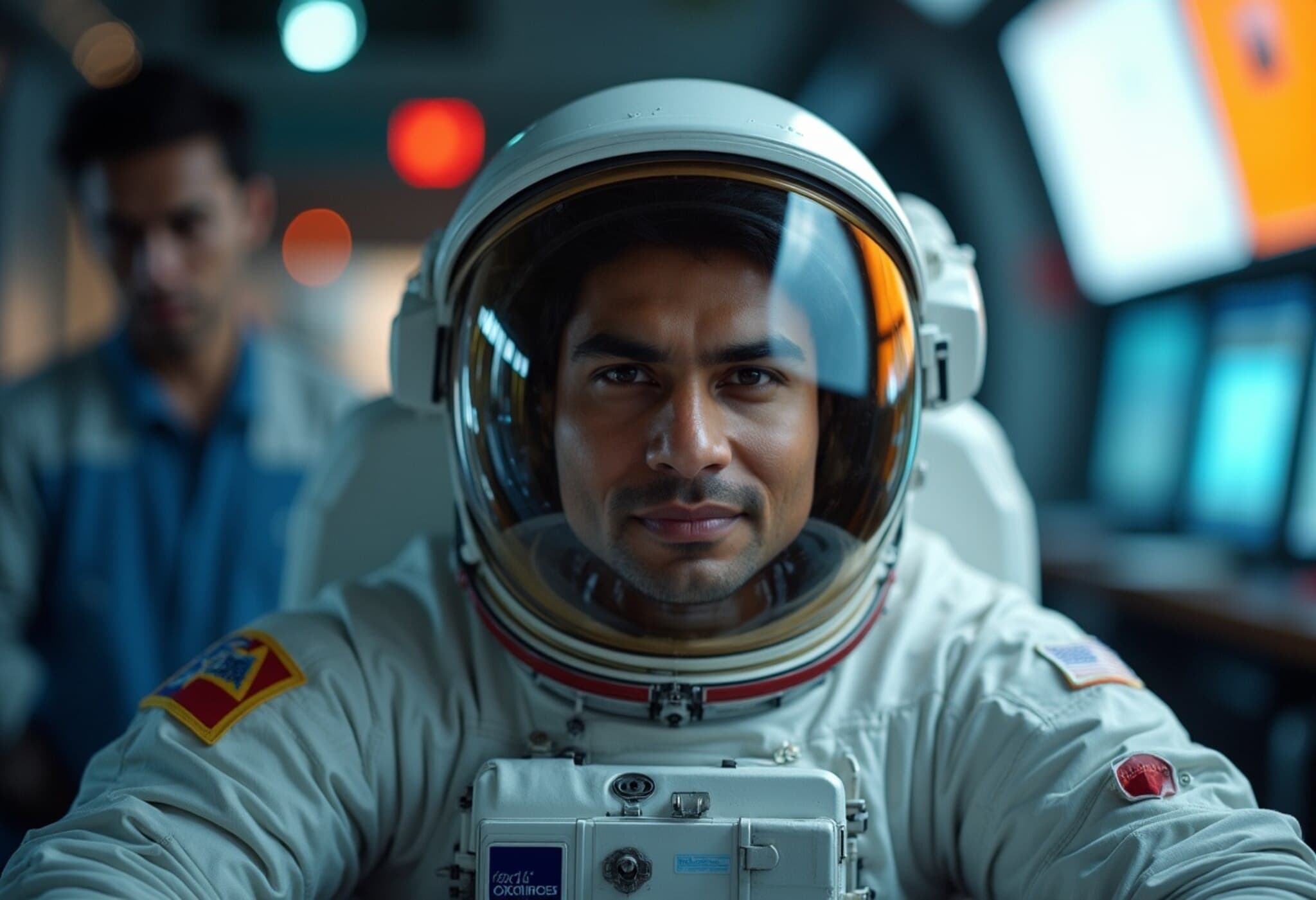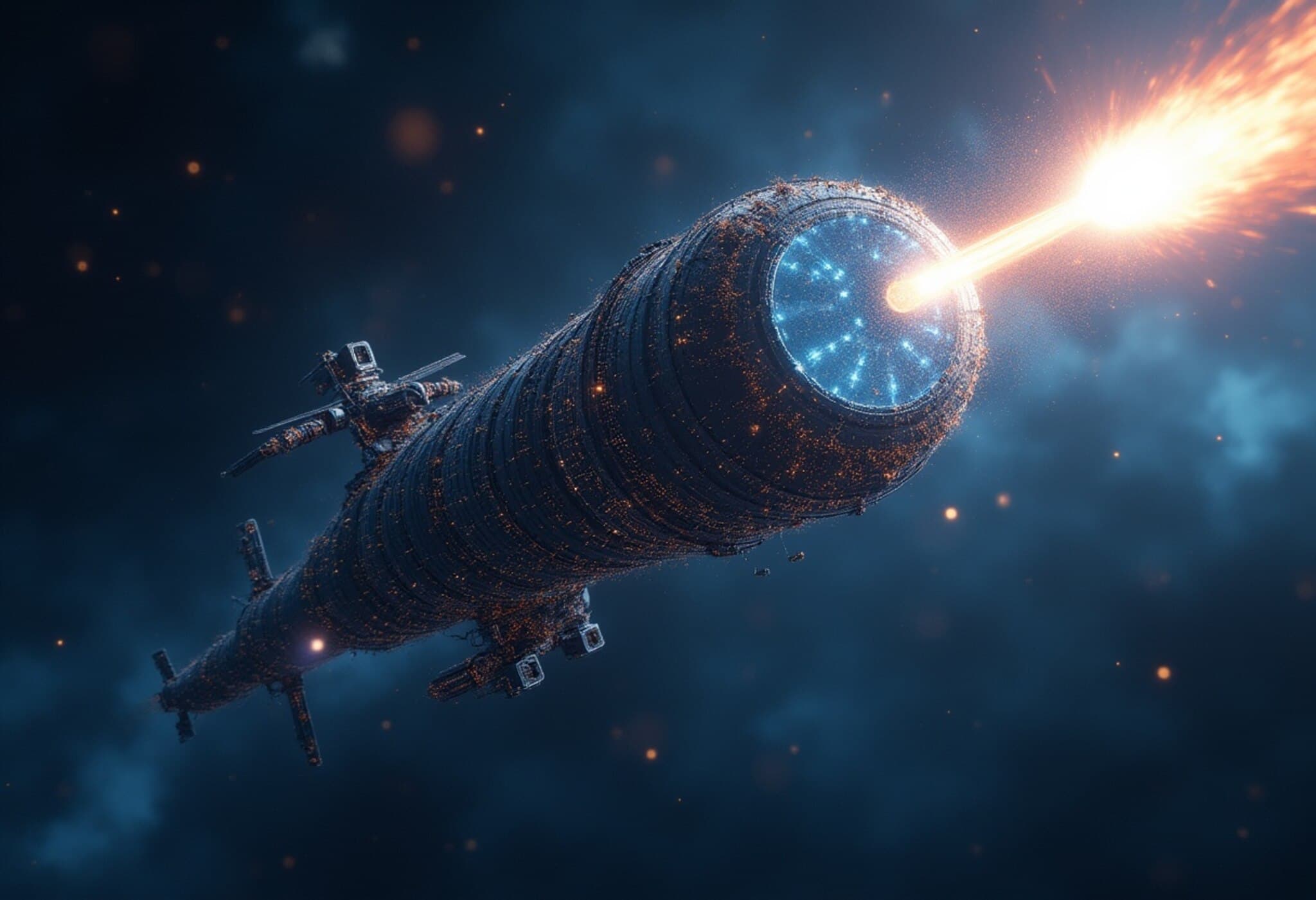Understanding the Axiom-4 Mission Delay: Insights from Neil deGrasse Tyson
The eagerly anticipated SpaceX Crew Dragon mission, Axiom-4, which will carry Indian astronaut Shubhanshu Shukla along with three other crew members to the International Space Station, recently faced its fourth delay. Originally slated for launch on May 29, the mission was postponed again due to an oxygen leak detected in the Falcon 9 rocket, the powerful vehicle tasked with propelling the spacecraft.
While multiple delays might give cause for concern, renowned astrophysicist Neil deGrasse Tyson puts things into perspective, emphasizing that such setbacks are a natural part of space missions' complexity. "That's why it's called rocket science – because it’s hard," he remarked.
Why Delays Are Routine in Space Exploration
In an exclusive discussion, Tyson elaborated that spaceflight demands precision and coordination across countless systems. Every launch requires thorough verification from mission control teams, with multiple checks ensuring all components are operational before lift-off.
"Delays shouldn’t cause alarm," he said. "Consider how many things need to align perfectly for a mission to succeed. Even though the waiting can be frustrating, it's a testament to careful preparation rather than failure." He added that, given the numerous successful missions to the space station and the proven reliability of the Crew Dragon spacecraft and Falcon 9 rockets, this particular mission operates within well-charted territory.
Significance of the Mission for India’s Space Ambitions
The Axiom-4 flight carries special importance for India, as Shubhanshu Shukla will become the country's second astronaut to travel to space after Rakesh Sharma in 1984, following a gap of over four decades. Unlike Sharma’s mission, which was a one-off endeavor during the Soviet era, this flight represents a step toward India’s broader goals in human spaceflight and independent space exploration.
Tyson lauded India’s progress, highlighting the move toward indigenous capabilities. "India’s efforts symbolize a long-term vision to join the ranks of space-faring nations with its own crewed launches," he explained. Shukla’s role as pilot and the presence of backup astronaut Prasanth Balakrishnan Nair further underscores the mission’s meticulous preparation. The crew also includes Commander Peggy Whitson (USA) and mission specialists Slawosz Uzananski-Wisniewski (Poland) and Tibor Kapu (Hungary).
Looking Ahead: Indigenous Human Spaceflight and Milestones
Reflecting on India’s forthcoming Gaganyaan mission, set for 2027 as the country's first indigenous crewed spaceflight, Tyson drew parallels to the early days of the American space program. He noted that the U.S. benefitted from external expertise, particularly German engineers post-World War II, while India’s focus on homegrown technology marks a proud and crucial achievement.
"Owning the full spectrum of technology builds national confidence and capability," Tyson said, emphasizing that this matters more than just who is launched into space.
Celebrating India’s Lunar Achievements
Neil deGrasse Tyson also praised India’s recent Chandrayaan 3 mission, which achieved the feat of landing softly near the moon's south pole—a feat no other nation had accomplished yet. He highlighted the significance of the lunar south pole as a strategic target due to its water ice deposits, essential for sustained lunar exploration and future missions.
"While many headlines emphasized India as the fourth country to land on the moon, the real story is that India was the first to land gently on the moon’s south pole region," Tyson observed, underscoring India’s pivotal role in humanity’s next steps off Earth.
Mission Launch Details and Future Prospects
The launch is scheduled to take place from the historic Launch Complex 39A at Kennedy Space Center, Florida, a site famously used for Apollo missions and now operated under lease by SpaceX. Although no revised launch date has been announced, the window for the mission extends through June 30, providing multiple opportunities for takeoff.
Space exploration remains an endeavor of patience, precision, and persistence. With its sights firmly set on independent crewed missions and lunar exploration, India’s space journey continues to inspire worldwide attention and anticipation.

